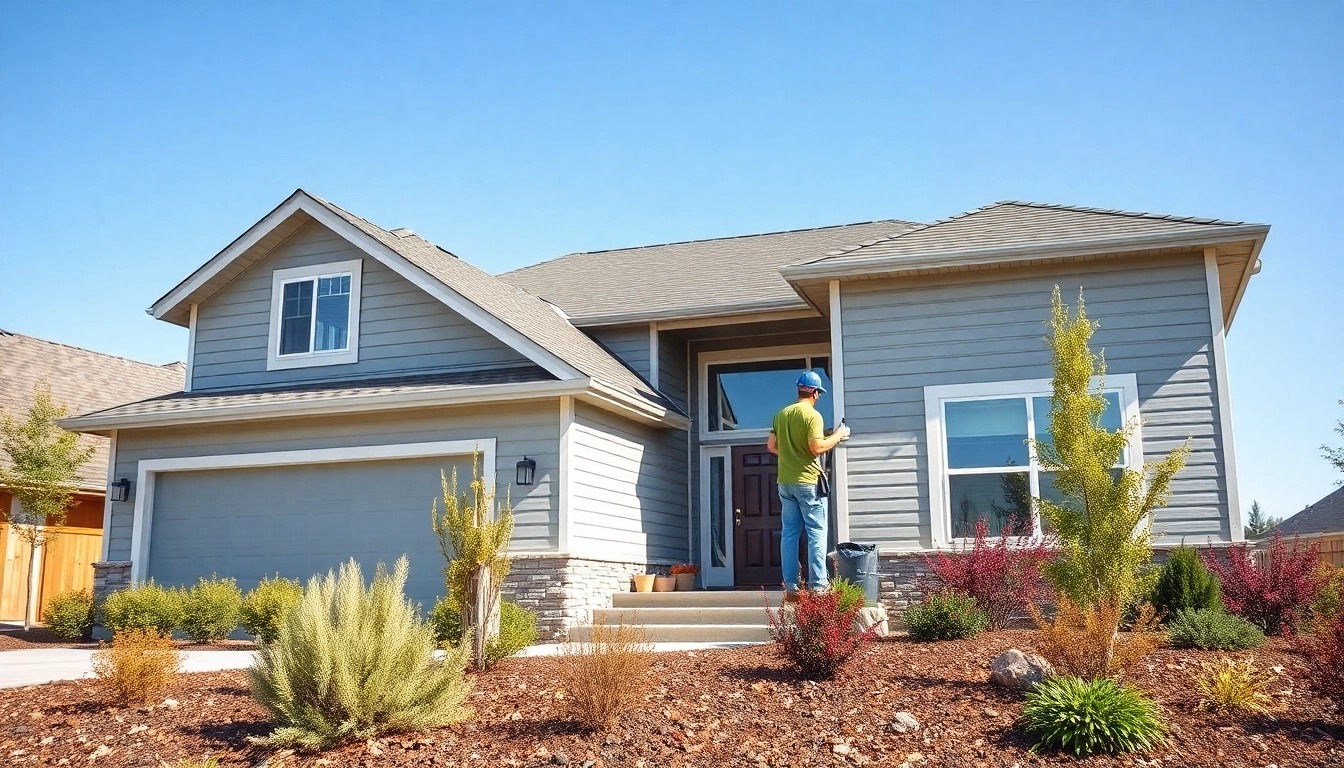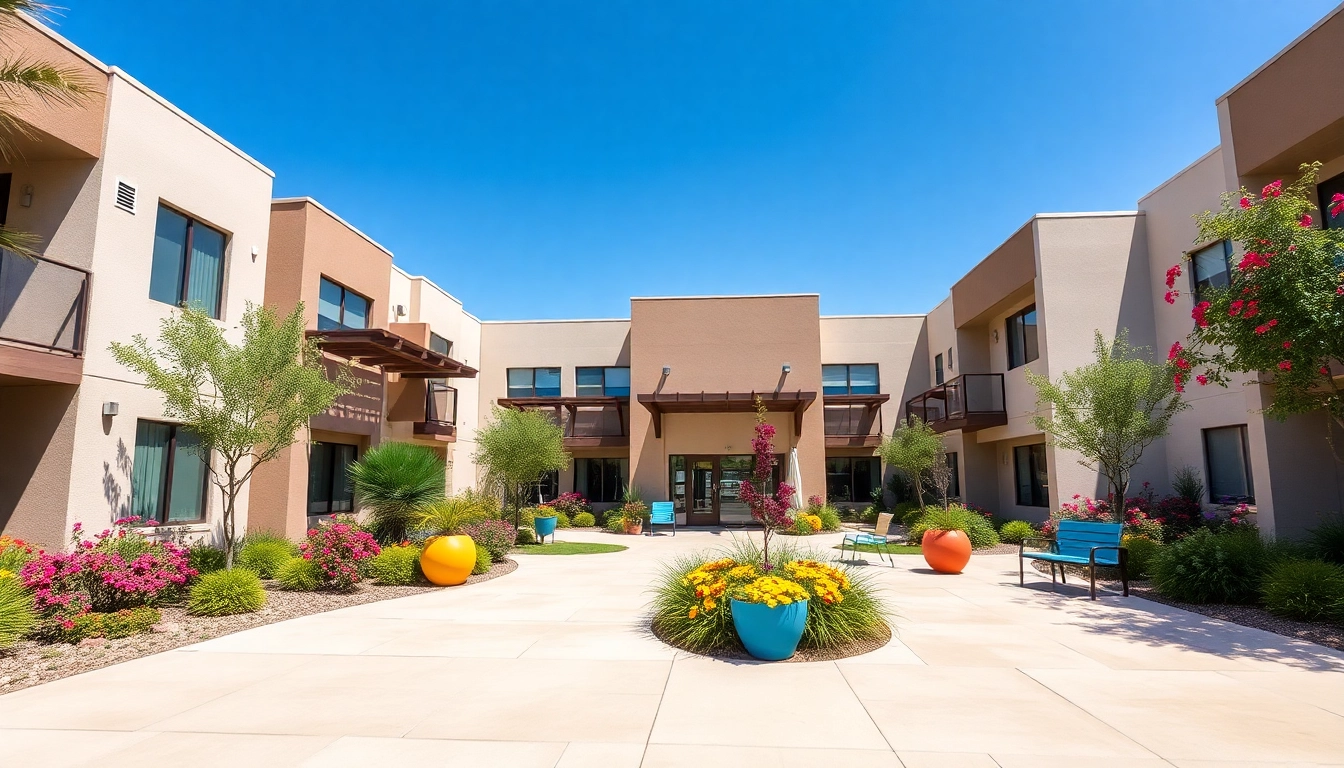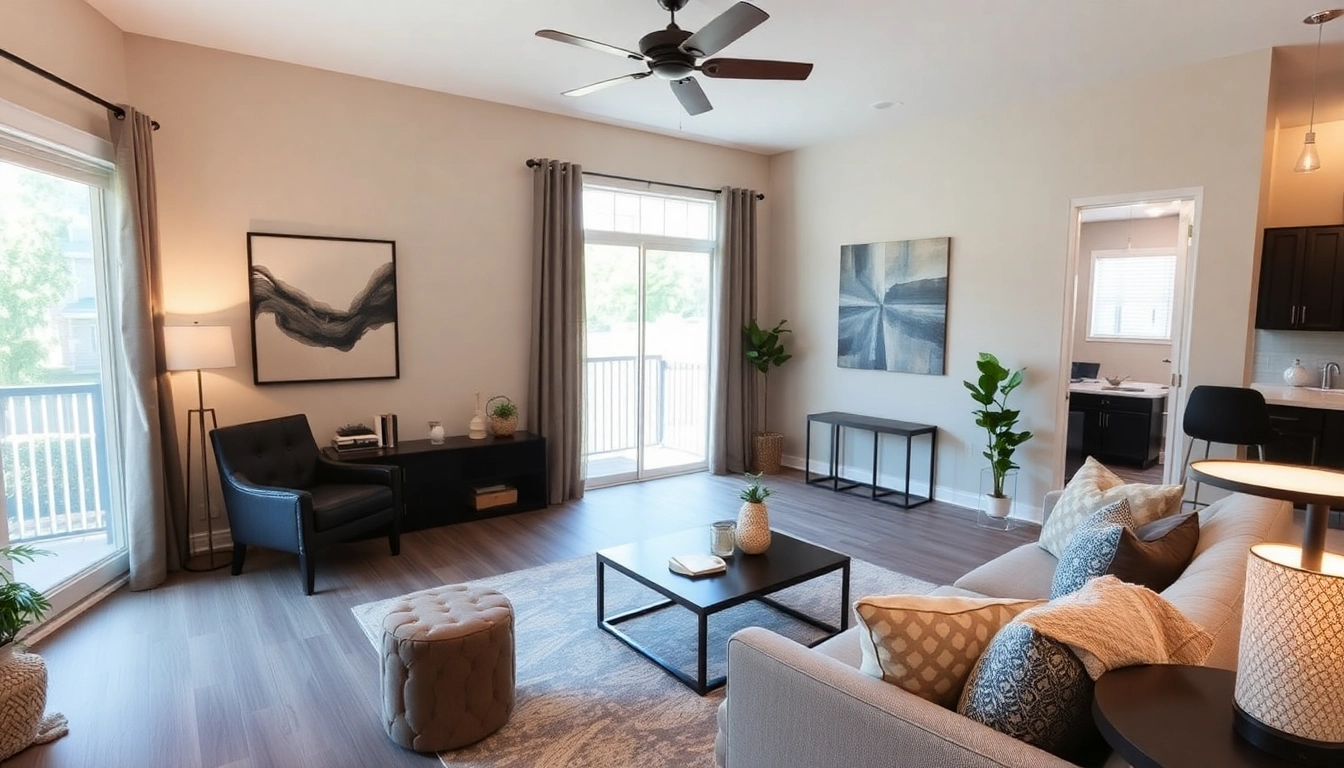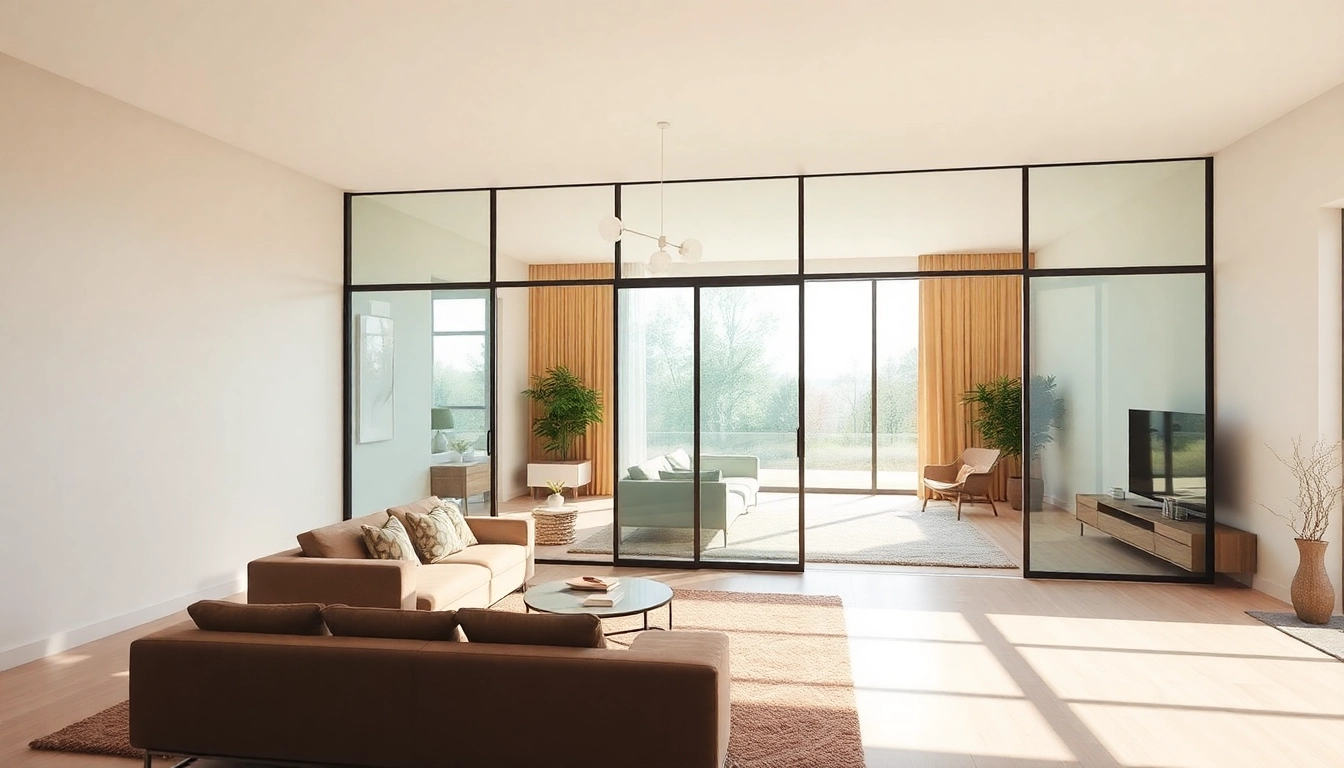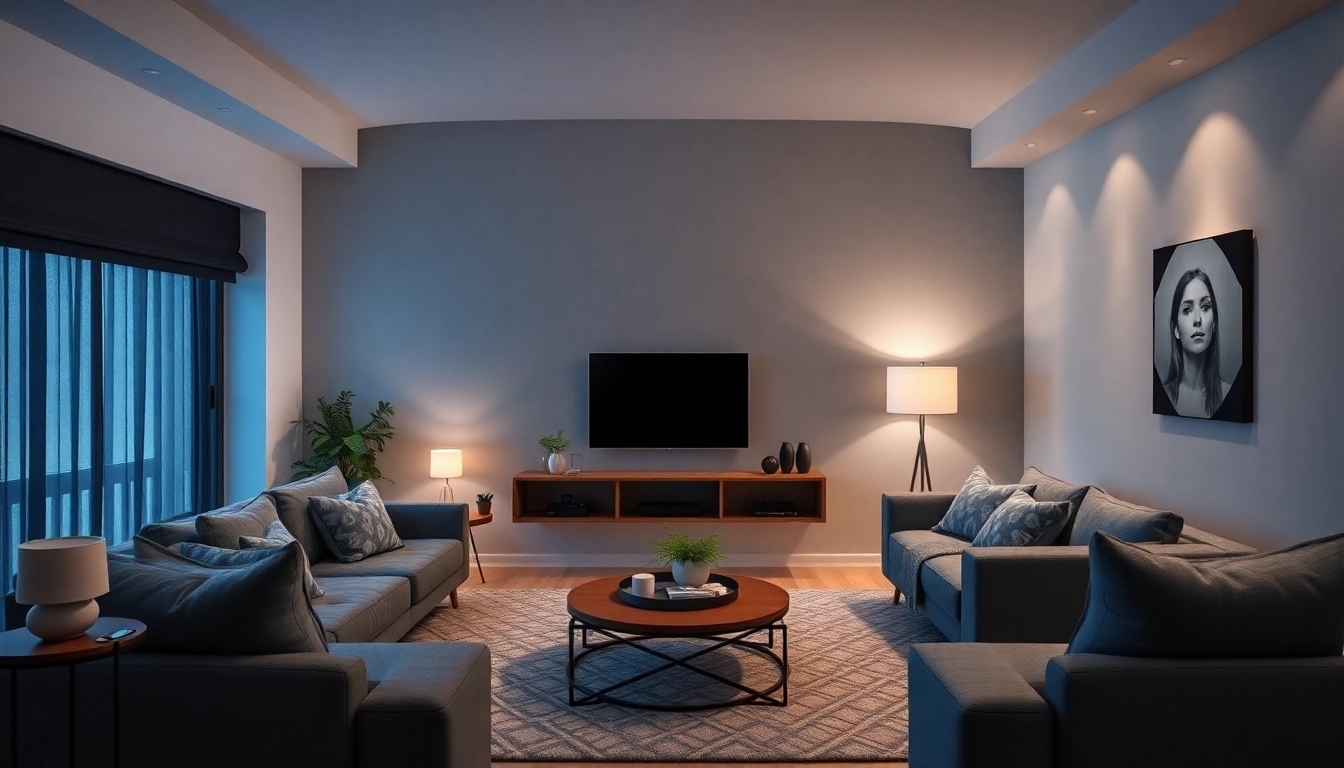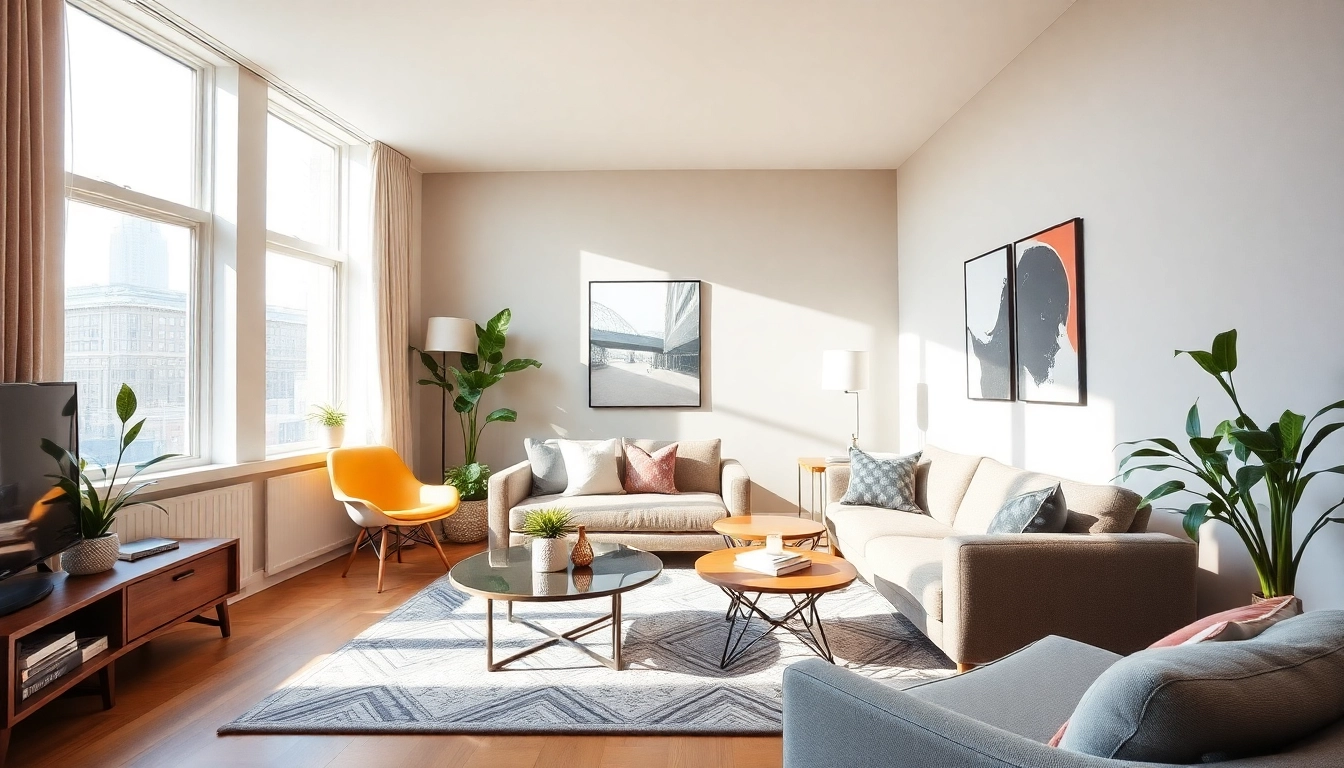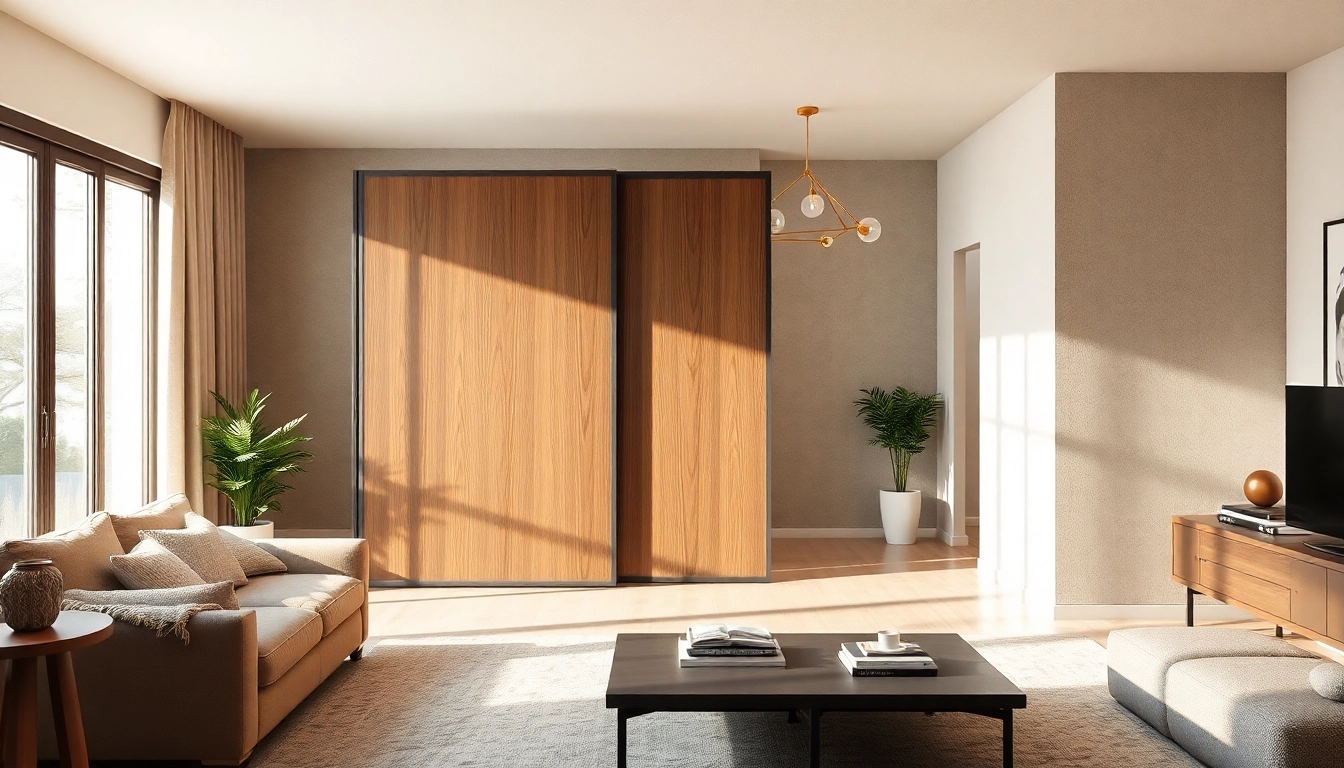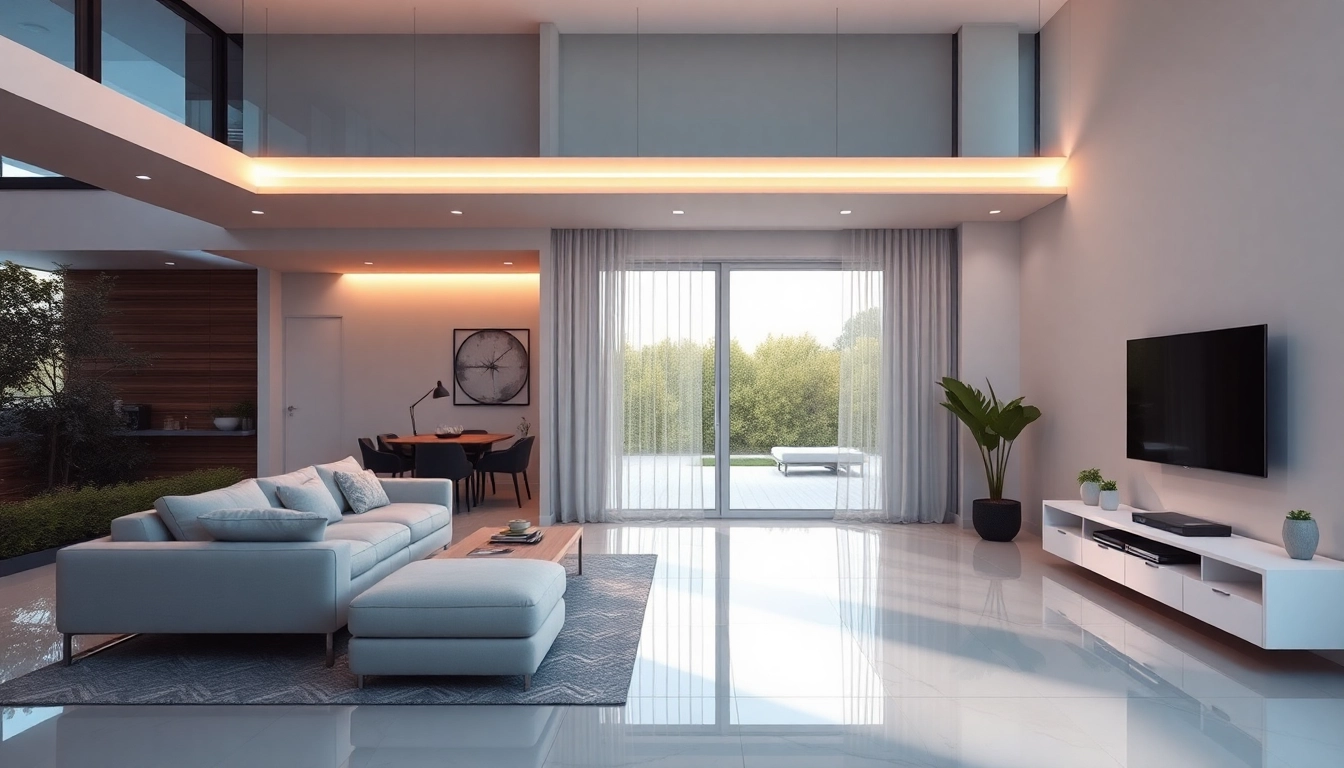Effective House Organizing Solutions for Johns Creek Homes
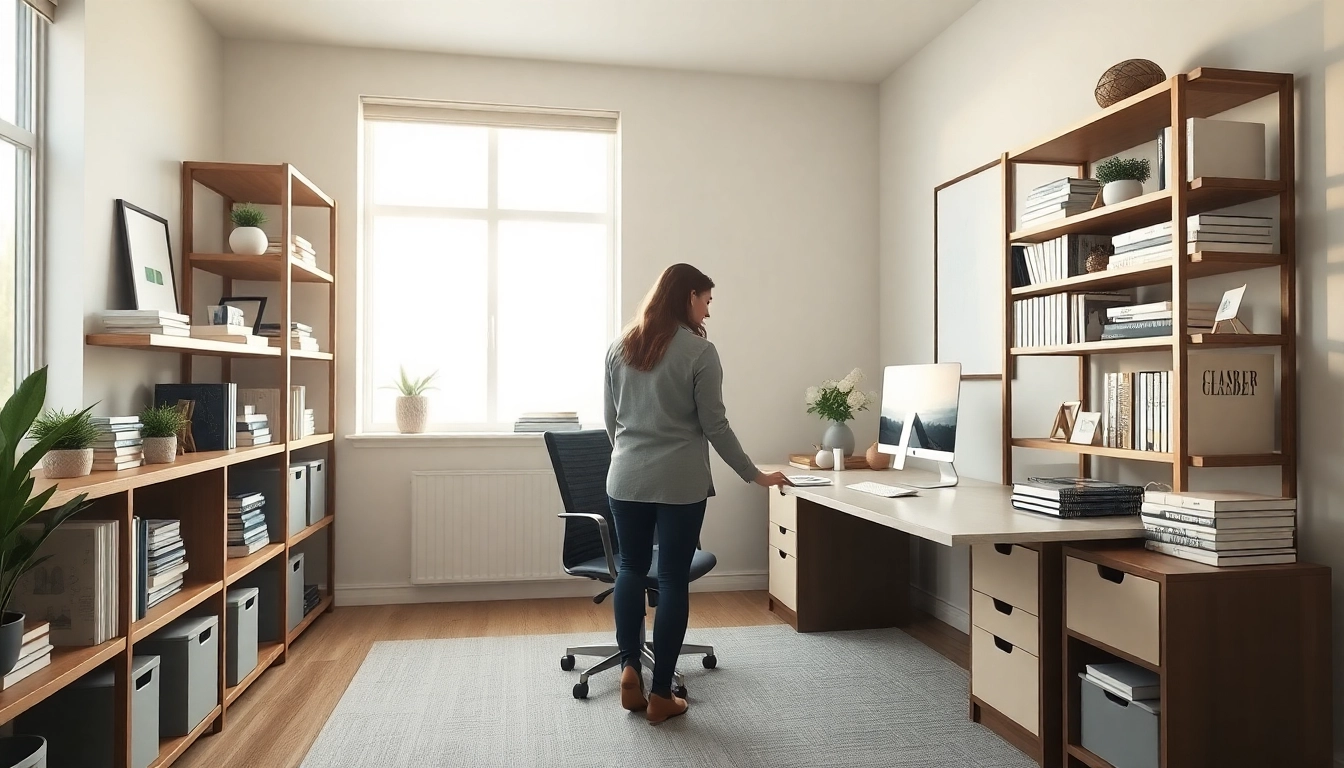
Understanding the Importance of House Organizing in Johns Creek
House organizing is more than just a trend; it’s a transformative approach to creating a functional and harmonious living space. In a vibrant community like Johns Creek, where family life and personal ambitions thrive, the need for an organized home is imperative. It not only contributes to the aesthetics of your space but also enhances your overall quality of life. By delving into the substantial benefits, common challenges, and psychological impacts of decluttering, residents can discover the profound importance of house organizing in their everyday lives. For those looking to implement improvements, house organizing in Johns Creek is the perfect starting point.
1. Benefits of a Well-Organized Home
A well-organized home offers an array of advantages that extend beyond an aesthetically pleasing appearance. Here are some key benefits:
- Increased Productivity: An organized space minimizes distractions and allows you to focus better, making it easier to accomplish daily tasks.
- Enhanced Mental Clarity: Clutter can lead to overwhelming feelings and anxiety. A tidy environment promotes mental well-being and fosters creativity.
- Time Savings: Knowing exactly where your belongings are saves you time searching for misplaced items, thereby streamlining daily routines.
- Improved Space Utilization: An organized home maximizes the use of available space, making it feel larger and more inviting.
- Greater Relaxation Opportunities: A clutter-free environment reduces stress, allowing for better relaxation, particularly after a long day.
2. Common Challenges Homeowners Face
While the benefits of organizing a home are clear, homeowners often encounter several challenges that can hinder their efforts:
- Emotional Attachment: Many individuals struggle to part with items due to sentimental value, creating a barrier to decluttering.
- Overwhelm: The sheer volume of items to organize can feel daunting, leading to procrastination and inaction.
- Lack of Time: Busy schedules may leave little time for organizing, making it difficult to tackle rather large projects.
- Uncertainty About Where to Start: Knowing how to properly begin the organizing process can be confusing, especially for beginners.
- Maintaining Organization: Once a space is organized, keeping it that way can be a challenge without established habits.
3. Psychological Effects of Decluttering
Decluttering has significant psychological benefits that can profoundly affect one’s life. Here are some ways it can enhance well-being:
- Reduction in Anxiety: A chaotic living space can exacerbate stress levels, whereas a tidy home fosters a sense of calm.
- Improved Focus: An organized environment allows for greater mental clarity and focus as distractions are minimized.
- Sense of Accomplishment: Successfully organizing a space provides a boost in self-esteem and a feeling of control over one’s environment.
- Encouragement of Positive Habits: The process of decluttering may inspire individuals to adopt more mindful living and consuming habits.
Getting Started with House Organizing in Johns Creek
Once you understand the significance of house organizing, it’s time to take actionable steps toward enhancing your living space. Here’s how to get started:
1. Assessing Your Space
The first step in organizing your home is conducting a thorough assessment of the space you wish to organize. Here’s how to do it effectively:
- Identify Problem Areas: Walk through your home and take note of areas that feel cluttered or messy. Focus on hotspots: those places where clutter seems to accumulate the fastest.
- Establish Goals: Determine what you want to achieve in each space. Are you looking for functionality, aesthetics, or both?
- Take Measurements: If you’re planning to purchase organizational tools or furniture, measure your spaces to ensure compatibility.
2. Decluttering Techniques for Success
Once you’ve assessed your space, the next step is decluttering. Below are effective techniques to simplify this process:
- The Four-Box Method: Label four boxes or bins as “Keep,” “Donate,” “Trash,” and “Relocate.” Categorize items accordingly as you go through them.
- One Room at a Time: Focus on one room or one area at a time to prevent feeling overwhelmed and to see rapid progress.
- The 90/90 Rule: If you haven’t used an item in the last 90 days and don’t plan to use it in the next 90 days, consider letting it go.
3. Tips for Effective Sorting
The sorting process is crucial in organizing your belongings. Here are some helpful tips:
- Categorize Similar Items: Group like items together (e.g., books, kitchen tools) to see how much you truly have of each category and make decisions about quantity.
- Be Decisive: When sorting, try to make quick decisions about what to keep and what to part with. Hesitating can lead to keeping unnecessary items.
- Involve the Family: Encourage family members to participate in the sorting process to share the responsibility and promote a collective commitment to organization.
Essential Tools and Supplies for House Organizing
To effectively organize your home, having the right tools and supplies is essential. Below are must-have products that can help streamline the organizing process:
1. Must-Have Organizational Products
Investing in organizational products can ease the decluttering process. Here’s a list of essentials:
- Baskets and Bins: Ideal for grouping small items or toys in designated locations.
- Shelves: Vertical storage solutions maximize space and provide easy access to frequently used items.
- Drawer Organizers: These help to prevent clutter in drawers by separating and organizing items.
2. Budget-Friendly Organizing Solutions
Organizing does not have to be expensive. Here are some budget-friendly options:
- Repurposed Containers: Use items you already have at home (like old jars, shoe boxes, or baskets) to sort and store belongings.
- DIY Projects: Creating your own storage solutions, such as a custom bookshelf or storage bench, can be an enjoyable and cost-effective approach.
- Second-Hand Finds: Thrift stores and garage sales often have hidden treasures that can be repurposed for organizational use.
3. Aesthetic Options for Visual Appeal
Your organizing efforts can also enhance the visual appeal of your home. Consider incorporating:
- Color-Coded Systems: This adds a visually pleasing element to organization, making it easier to find items based on color groupings.
- Decorative Baskets: Stylish bins can serve as functional decor while keeping things tidy.
- Labels: Labeling bins or shelves not only organizes but also adds a chic touch and assists all members of the household in maintaining order.
Advanced House Organizing Strategies for Long-Term Success
After organizing your home, it’s crucial to establish strategies that allow you to maintain it effectively over the long term:
1. Maintaining Your Organized Space
Keeping your space organized requires intentional effort and consistency. Here’s how to maintain your new order:
- Establish Daily Habits: Encourage daily routines that involve tidying up or putting items back in their place to prevent clutter from re-accumulating.
- Regular Decluttering Sessions: Schedule monthly or quarterly check-ins to manage items and ensure everything still belongs in your home.
- Involve Family Members: Making organization a family activity encourages everyone to pitch in and fosters communal responsibility.
2. Incorporating Seasonal Changes
Seasonal changes present opportunities for refreshing your organizing efforts:
- Seasonal Wardrobe Swaps: Rotate clothing according to the season, making it easier to access appropriate attire while keeping your closets organized.
- Holiday Decoration Management: Set up a specific system for storing holiday decorations, ensuring easy access and efficient storage.
- Regular Seasonal Cleans: Take advantage of changing seasons to reevaluate the contents of your home and determine what you no longer need.
3. Creating Sustainable Organizing Habits
To ensure lasting organization, develop sustainable habits that promote active engagement with your space:
- Mindful Consumption: Be intentional about what you bring into your home, avoiding unnecessary purchases that may contribute to clutter.
- Monthly Purge Days: Dedicate a set day each month to review items, maintaining the habit of decluttering regularly.
- Acknowledge Achievements: Celebrate the success of maintaining an organized space to reinforce positive habits and motivation.
Finding Professional Help for House Organizing in Johns Creek
While many homeowners can successfully organize their homes themselves, some may benefit from professional assistance. Here’s how to approach finding help in Johns Creek:
1. When to Hire an Organizer
There are specific circumstances that may warrant the help of a professional organizer:
- Overwhelming Clutter: If you feel overwhelmed by the amount of stuff in your home, an organizer can guide you through the process.
- Time Constraints: For busy professionals, hiring an expert can provide immediate results without adding to your already full schedule.
- Need for Expertise: Experienced organizers have strategies and knowledge that can help you achieve optimal results in less time.
2. What to Expect from Professional Services
When hiring a professional organizer, be prepared for the following:
- Initial Consultation: Most organizers begin with a consultation to understand your needs and assess your space.
- Personalized Strategies: Professionals will tailor their approach to fit your lifestyle and goals.
- Support and Resources: Expect ongoing support throughout the process, from decluttering to organizing and maintaining your space.
3. Reviews and Recommendations for Local Organizers
To find the right professional organizer in Johns Creek, consider the following:
- Check Online Reviews: Look for reviews on multiple platforms to gauge the experiences of past clients with local organizers.
- Seek Personal Recommendations: Ask friends, family, or neighbors if they have any trusted organizers they can recommend.
- Evaluate Portfolios: Review previous work through portfolios to ensure the organizer’s style matches your vision and goals.

